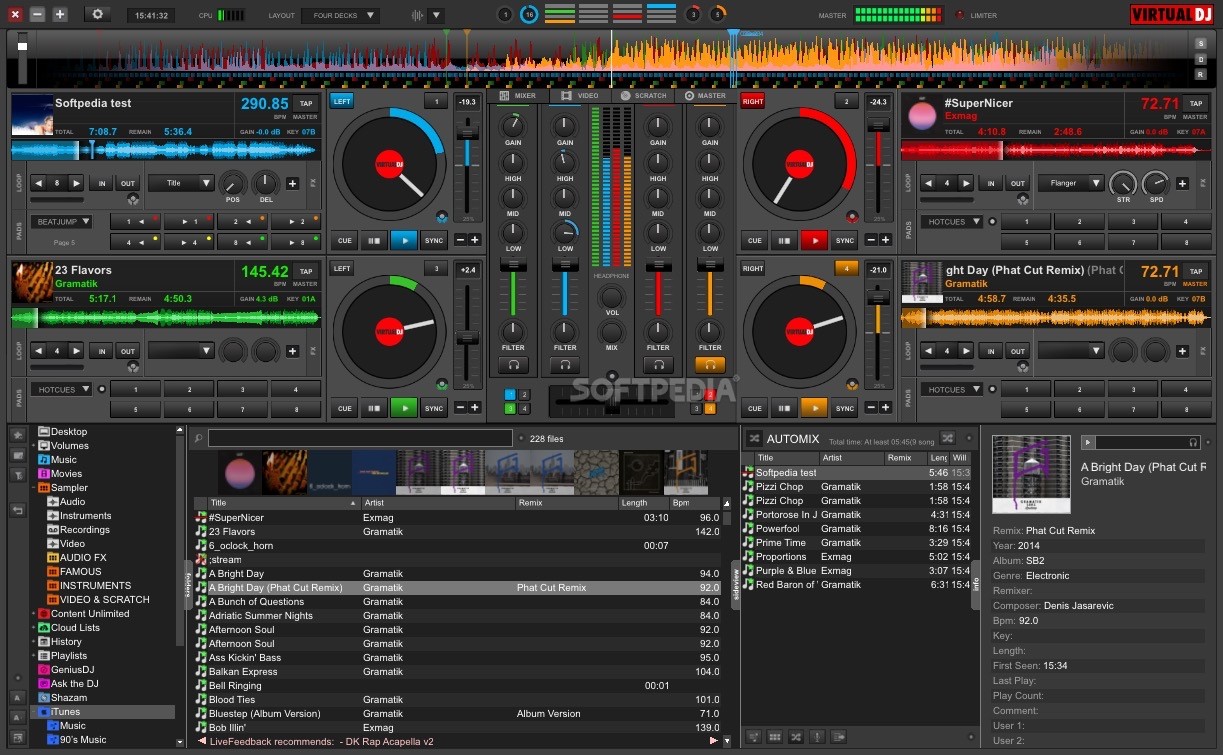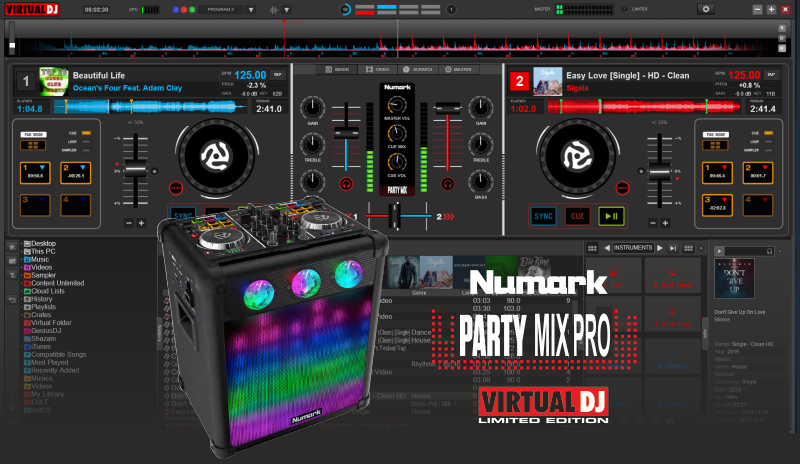

There are no “main” outputs, no fixed-send busses, and no limitations on which inputs can go to which outputs. What makes it a matrix mixer is that every input can route into every output with just such a volume knob. If you imagine that each crosspoint is actually a volume knob which allows you to set the level of the input as it flows into the output, like an auxiliary send knob, then what you have is a matrix mixer.

The point at which each row intersects with each column is referred to as a crosspoint. The rows represent inputs to the mixer, and the columns represent outputs from the mixer.

The first mixer is unique to each cue, and can be found in the Audio Levels tab of the inspector for Audio and Mic cues, or in the Audio Levels tab of the inspector for Video cues. From there, audio in QLab is routed using two matrix mixers. Audio in QLab can originate from an audio file, the audio track within a video file, or a live input on an audio device connected to your Mac.


 0 kommentar(er)
0 kommentar(er)
